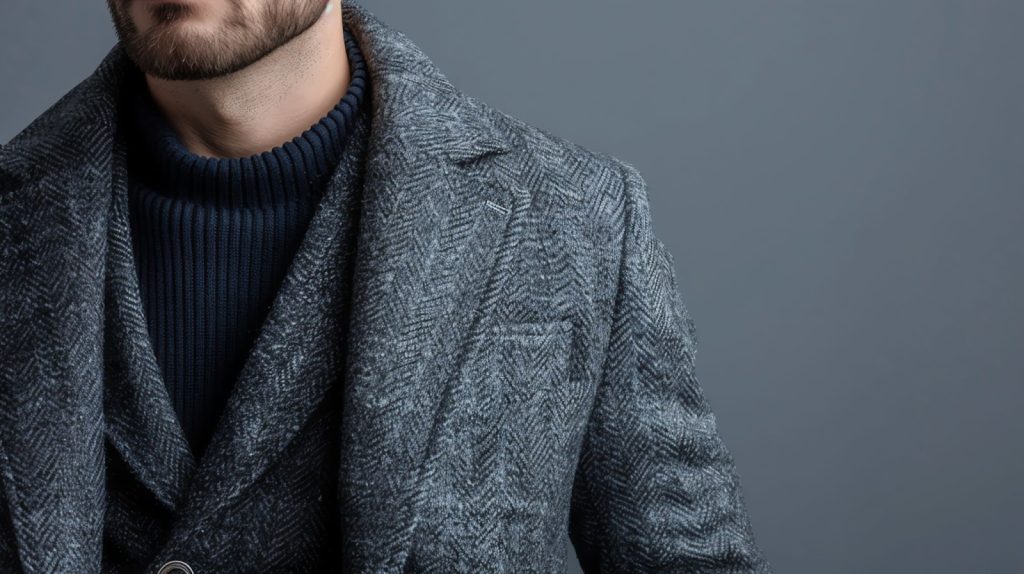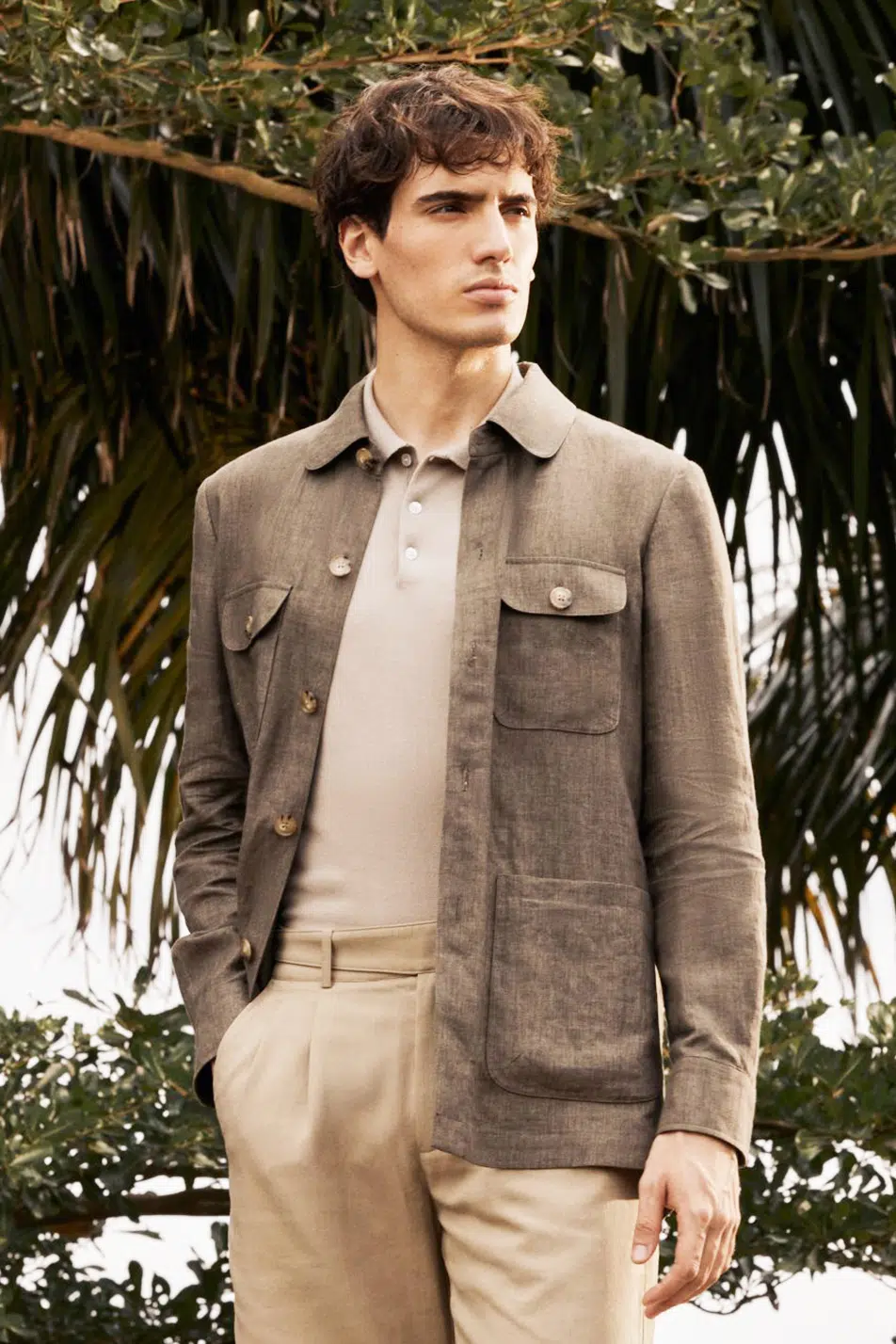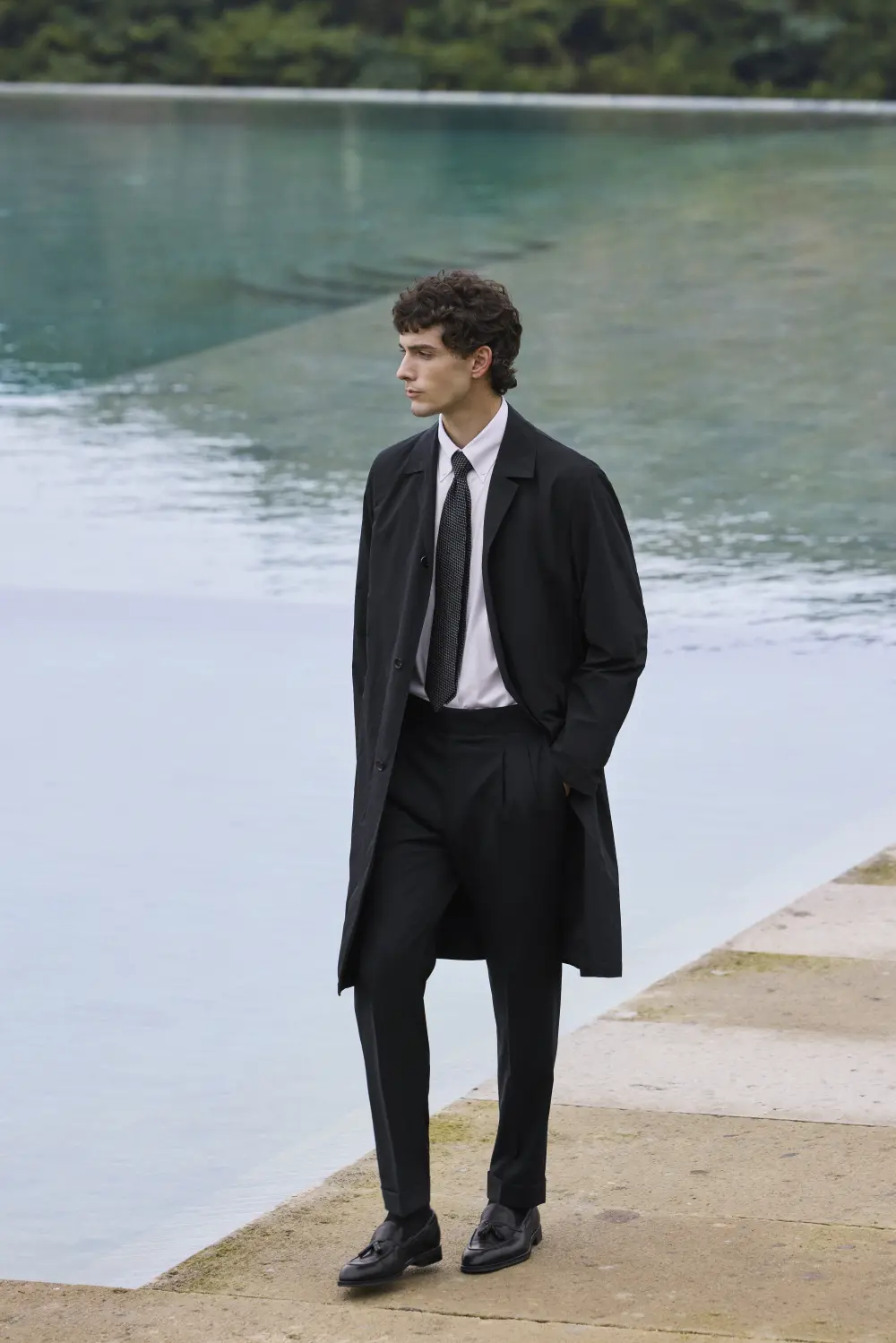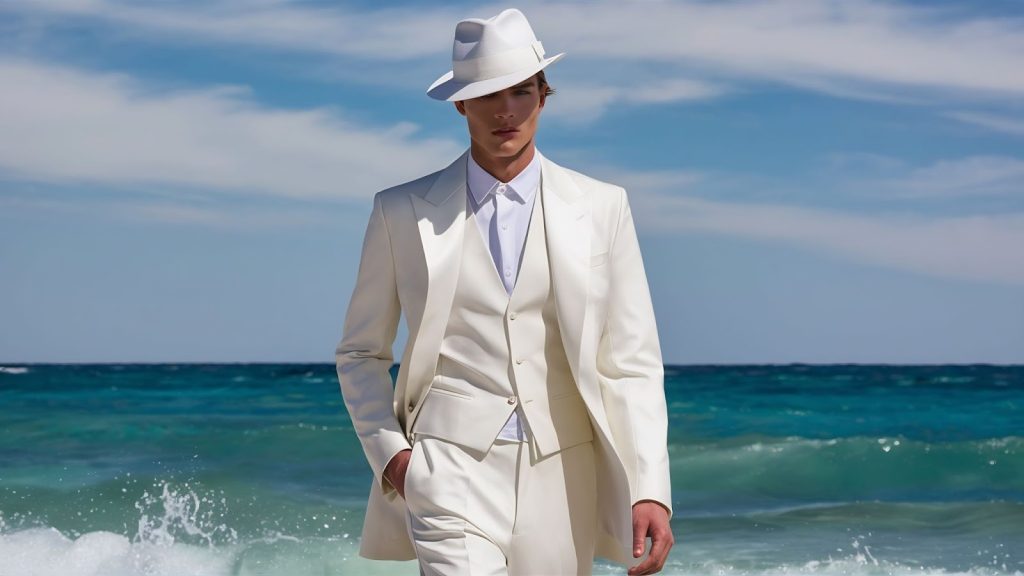Choosing between suits for summer and winter formal suits comes down to one key factor—seasonal functionality.
The right suit not only enhances your appearance but also ensures comfort, breathability, and warmth based on the time of year.
Whether you’re suiting up for a formal event, an important business meeting, or a casual summer gathering, understanding the differences between seasonal suits helps you build a year-round wardrobe that performs as well as it looks.

When it comes to tailored fashion, the season makes all the difference.
Suits for summer and winter formal suits serve two very different purposes.
Summer suits prioritize breathability and lightweight comfort, while winter dress suits focus on warmth and structure.
Knowing how to spot those seasonal features in fabrics, construction, and color can mean the difference between looking polished and feeling miserable, or worse, looking out of place.

The cornerstone of any good summer suit is the fabric. Ideal summer suit materials include linen, cotton, tropical-weight wool, and seersucker.
These fabrics allow airflow, prevent overheating, and wick moisture better than heavier alternatives.
A summer-weight wool suit, such as the ones Baoxiniao offers in its seasonal collections, is a fantastic middle-ground option.
It combines the breathability of summer fabrics with the polish and drape of traditional wool suiting.
Baoxiniao’s summer selections also feature cool summer suits designed for comfort in warmer climates.
Their casual suit summer styles bring relaxed tailoring and seasonal ease into the office or summer weddings without compromising sophistication.

Warm weather doesn’t mean skipping suiting entirely. Summer suits are perfect for:
Winter dress suits are all about warmth without sacrificing formality.
Fabrics like flannel wool, tweed, and heavier wool blends dominate cold-weather wardrobes. These textiles provide insulation while still holding a structured silhouette.
Winter warm suits from Baoxiniao showcase rich textures and sophisticated cuts, ideal for boardroom formality or cold-weather special occasions.
For a classic look, their tuxedo winter suits and wool blend suits offer elegance and practicality rolled into one.
Baoxiniao’s men’s winter suit line includes wool business suits tailored with precision and seasonal needs in mind.

These suits are designed not just to look sharp but to keep professionals warm in freezing temperatures.
Winter suits shine in:
| Feature | Suits for Summer | Winter Formal Suits |
| Fabric | Linen, cotton, summer wool | Flannel, tweed, wool blends |
| Weight | Lightweight and breathable | Heavy and insulating |
| Colors | Light neutrals, pastels | Deep tones, dark neutrals |
| Lining | Unlined or half-lined | Fully lined |
| Structure | Relaxed tailoring | More structured |
| Occasions | Warm-weather events | Cold-weather formals |
These differences highlight why having seasonal suits in your wardrobe isn’t just a style choice—it’s a comfort and functionality decision.
While some suits are seasonal, others offer enough versatility to transition between spring and fall.
A navy blue business suit in a medium-weight wool is one such piece.
It can be paired with a summer suit jacket in breathable material for warmer days, or layered under a coat for winter.
Another excellent transitional piece is the wool camel blazer.
This stylish item pairs effortlessly with both warm-weather trousers and winter wool slacks, making it a smart addition to any modern closet.

Yes. Wool is a natural insulator, making it warmer and more breathable than polyester, which is a synthetic fiber that can trap heat and moisture.
Not necessarily. High-quality polyester can be durable and wrinkle-resistant. However, it lacks the natural breathability and temperature regulation of wool.
Yes, but with caution. Wool suits should be pressed with a cloth barrier (like a damp towel) to avoid scorching the fabric. Using a steamer is a gentler option.
Cotton suits are more casual and suited for warmer weather. Wool, especially in worsted or flannel form, has more structure and is ideal for year-round and formal use.
It can be, especially when lined and layered. But for luxurious warmth and breathability, wool or wool blends are superior for winter formalwear.
Spandex offers stretch, making it ideal for added flexibility in tailored suits. Many modern suits, including some Baoxiniao designs, combine polyester with spandex to create more comfortable, motion-friendly options.

The best approach is to curate your closet with seasonal staples while investing in a few year-round essentials. Here’s a basic breakdown:
With this kind of wardrobe, you can confidently handle meetings, ceremonies, or formal events no matter the temperature.
Choosing between suits for summer and winter isn’t about style alone—it’s about making informed choices that match your environment, event, and comfort level.
From cool summer suits to winter warm suits, every detail matters: the fabric, lining, color, and even the cut.
Baoxiniao’s seasonal collections are crafted to offer premium comfort and appearance, no matter the climate.
Whether you’re browsing for a wool suit in summer or a tuxedo winter ensemble, their expertly tailored suits deliver performance and poise in every season.